Collaboration Across Industries
Collaboration across various industries is emerging as a key driver in the Eco-fibre Market. Partnerships between textile manufacturers, fashion brands, and environmental organizations are fostering innovation and promoting sustainable practices. These collaborations often focus on developing new eco-fibre technologies and sharing best practices for sustainable production. For instance, joint ventures between companies can lead to the creation of new materials that are both environmentally friendly and commercially viable. This collaborative approach not only accelerates the growth of the Eco-fibre Market but also enhances the overall sustainability of the textile sector.
Rise of Ethical Fashion Movements
The Eco-fibre Market is significantly impacted by the rise of ethical fashion movements, which advocate for transparency and sustainability in the fashion supply chain. Consumers are increasingly seeking brands that align with their values, leading to a shift towards eco-friendly materials and practices. This movement is not only about aesthetics but also about the ethical implications of production processes. As a result, many fashion brands are adopting eco-fibres to meet consumer expectations and enhance their brand image. The Eco-fibre Market is thus witnessing a transformation, as ethical considerations become a central theme in consumer purchasing decisions.
Innovations in Eco-fibre Production
Technological advancements are playing a crucial role in the Eco-fibre Market, particularly in the production processes of sustainable textiles. Innovations such as bio-based fibres and recycling technologies are enhancing the efficiency and sustainability of fibre production. For instance, the introduction of closed-loop systems allows for the recycling of textiles, significantly reducing waste. Furthermore, advancements in biotechnology are enabling the development of fibres from renewable resources, which could potentially lower the carbon footprint associated with traditional fibre production. These innovations not only improve the environmental impact of the Eco-fibre Market but also attract investment and interest from stakeholders committed to sustainability.
Consumer Demand for Eco-friendly Products
The Eco-fibre Market is experiencing a notable surge in consumer demand for eco-friendly products. This trend is driven by an increasing awareness of environmental issues and a growing preference for sustainable alternatives. Recent surveys indicate that approximately 70 percent of consumers are willing to pay a premium for products made from sustainable materials. This shift in consumer behavior is compelling manufacturers to innovate and expand their eco-fibre offerings. As a result, companies are investing in research and development to create high-quality, sustainable textiles that meet consumer expectations. The Eco-fibre Market is thus positioned to benefit from this heightened demand, as brands that prioritize sustainability are likely to capture a larger market share.
Regulatory Frameworks Supporting Sustainability
The Eco-fibre Market is increasingly influenced by regulatory frameworks that promote sustainability. Governments worldwide are implementing policies aimed at reducing environmental impact and encouraging the use of sustainable materials. For example, regulations that mandate the reduction of plastic waste are driving the demand for eco-fibres as alternatives to conventional synthetic materials. Additionally, incentives for companies adopting sustainable practices are becoming more common, further supporting the growth of the Eco-fibre Market. These regulatory measures not only create a favorable environment for eco-fibre production but also enhance consumer confidence in sustainable products.


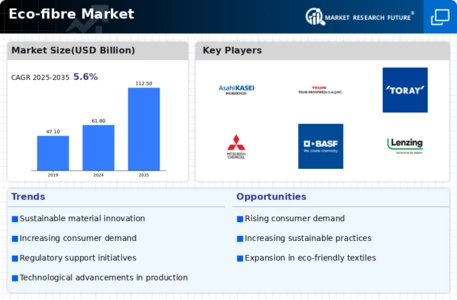
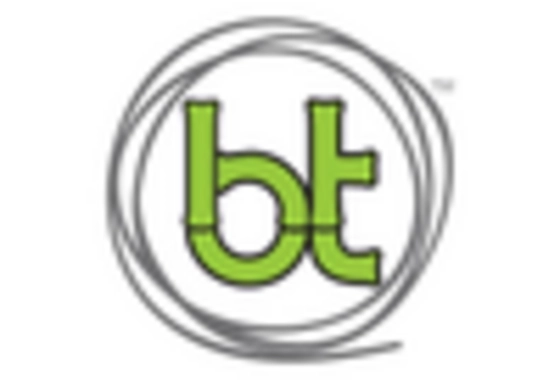
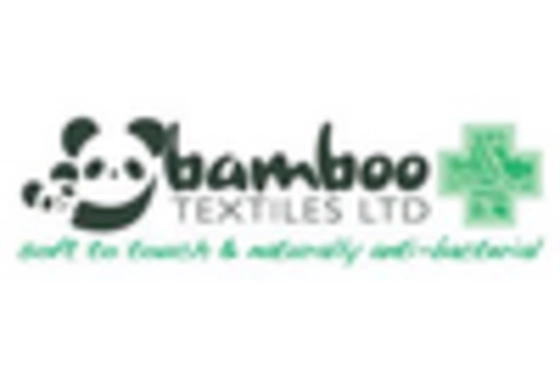
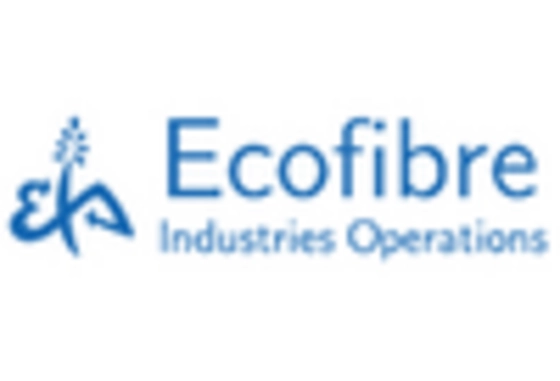
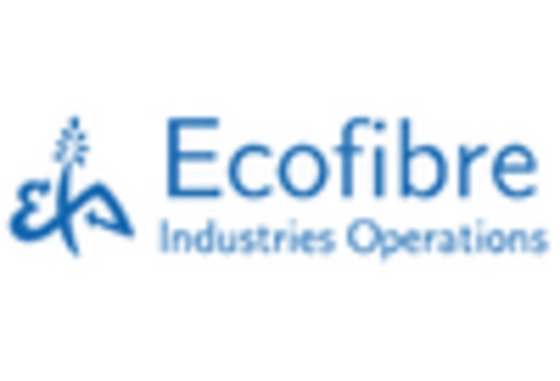
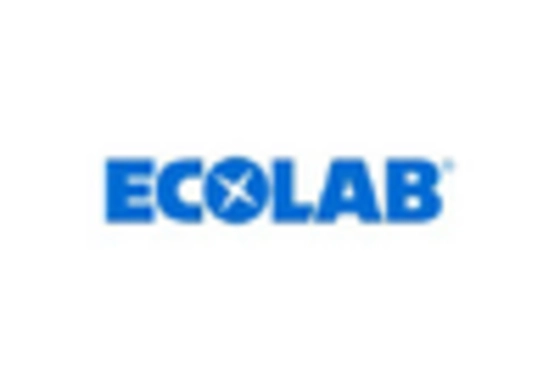











Leave a Comment